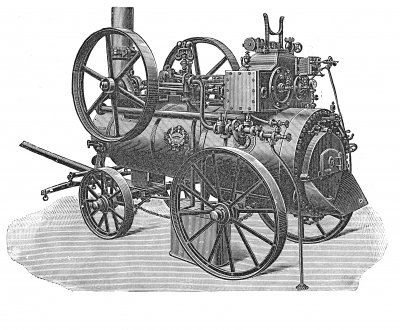When and how the fist steam engines were built?

The invention of the steam engine during the eighteenth century had a fundamental effect on man’s progress. Some earlier forms of this machine had appeared during the previous century. The most famous were those of papin whose work provided a great stimulus for research into steam.
Papin built a boat with steam operated paddles, but builders of sailing boats were hostile to this new craft and papin could not make much progress with it. However, he had proved what a powerful force steam could be in locomotion. Thomas newcomen built a steam engine in 1705. It began to be used for pumping water out of mines about six years later, and by 1725 the engine was widely used in collieries. It continued in use for many years although it was not very efficient and worked slowly. It was James watt (1736-1819) who examined all the previous efforts and perfected them into a steam engine that worked fast and efficiently. For this engine watt invented a steam condenser that was separate from the cylinder which worked the piston.
The steam engine had a sensational success and proved itself enormously useful, especially in factories where it replaced machines that had previously been worked by water or animal power. It was eventually used as a locomotive to pull wagons.
Picture Credit : Google
